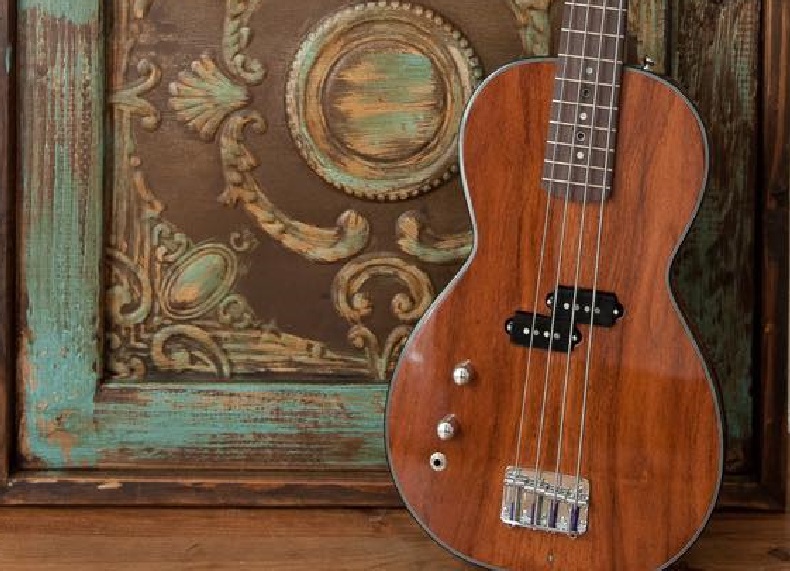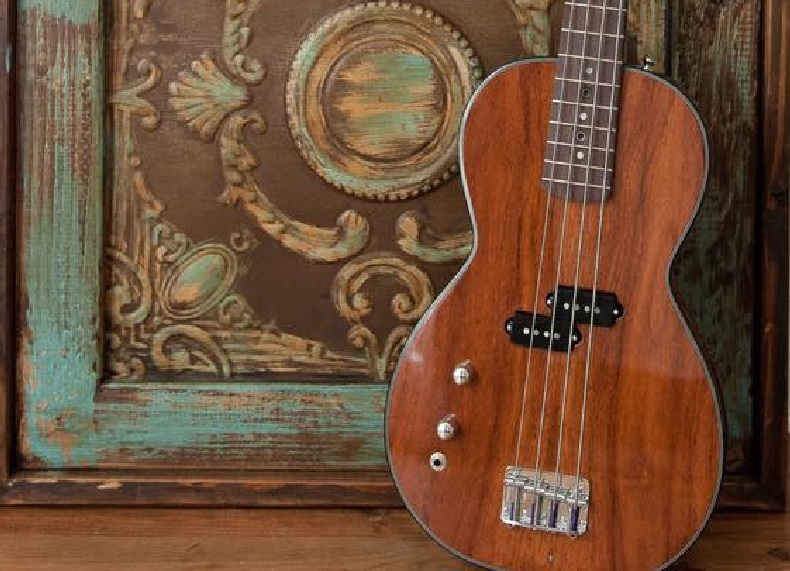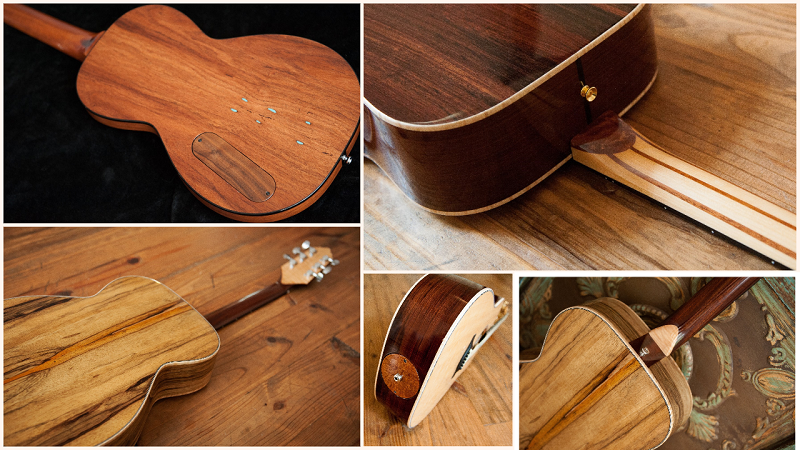Guitar Advice – 10 Top Tips for Picking Your Next Guitar

Need guitar advice on picking a new custom guitar? Before you order your next instrument, be sure to look for these things:
1. Model - The model is one of the most important considerations when a choosing guitar. The model indicates the size and shape of the body, which determines the voice of the guitar. A Dreadnought style guitar will be loud with a strong bass. The Dreadnought is the first choice for Bluegrass players who need to stand out in a band with fiddle and Banjo. The Orchestra model tends to have clarity needed for virtuoso players like Eric Clapton and Tommy Emmanuel.
2. Style of Music- The style of music played is a major consideration for choosing a guitar. A larger guitar might be best for rhythm playing. If you just enjoy playing at home, a small Parlor guitar would be comfortable and easy to play. A Dreadnought guitar works good for country music.
3. Electronics - Guitar advice about electronics is an important topic. A pickup system for an acoustic guitar is almost required for public performances. Most players I have talked with want a pickup that transmits the natural sound of the acoustic guitar. I have heard a lot of Piezo pickups that create an artificial sound. I am currently using the B band system on my acoustics. It has a polymer transducer under the saddle and another one inside the guitar body under the bridge. The B band produces a good natural tone and is the first choice for a number of builders here in the North Texas area.
4. Sound Board - The sound board is considered the most important contributing factor to the sound of the guitar. Good guitar advice for the sound board is at the top of the list of considerations. Spruce, Western Red Cedar and Redwood are the most widely used sound board woods. Spruce is the most common of the three. Spruce is also the traditional wood for sound boards. Generally speaking, Spruce is brighter sounding. Western Red Cedar and Redwood are usually associated with warm sounding instruments. The wood species alone is only part of the equation. The builder has a large responsibility in the final tone.
5. Body Wood - Traditionally the most common woods used for back and sides were Rosewood, Mahogany and Maple. These three are used by luthiers and factories alike. There are more restrictions on Rosewood and Mahogany nowadays due to the Cities treaty. Exporters of musical instruments must provide costly documentation. Fortunately in the last thirty years, many non-traditional species have been used for backs and sides with excellent results. I am currently offering guitars made from Texas woods like Mesquite, Osage Orange, Huisache and Texas Ebony. My guitar advice for ordering from outside of the United States is to avoid Rosewood because of export restrictions. If you insist on Rosewood, you can travel to the United States to pick up your guitar and carry on the plane with no problems.
6. Frets - Frets, like most components of the guitar, are a personal preference. I am currently using jumbo frets on my guitars. The frets are tall, and they provide a good feel to the player. My guitar advice for frets is to check out the guitars that feel right in your hands and see what size fret is being used.
7. Tuning Machines - I currently am using Gotoh 510 tuning machines, unless a customer request a different brand. They are high quality and hold the string in tune very well. There are other good brands available also. My guitar advice is to always choose upper end tuners. They just work much better.
8. Finish - Lacquer, shellac, polyester and polyurethane are a few of the finishes being used nowadays. I am currently sending guitars out for a polyurethane finish that is ultra thin and allows the guitar to vibrate.
9. Peghead - Gibson guitars have a reputation for breaking off at the peghead. They are weak at the angle change because of the short grain there. I have eliminated that problem on my guitar necks. I use a scarf joint with a wood overlay headplate and backstrap. I also glue two ears onto the side of the peghead. The angle change is reinforced in five joints using hot hide glue.
10. Case - A hand made guitar needs a hard shell case. If you are traveling with the guitar, a high grade case is a must. Cases can cost upwards of $700.00, but they are always worth the investment.
More Guitar Advice:
- Custom Guitar Information for Your Next Guitar
- Guitar Kits Vs. Custom Guitars - Which is Best for You?
- Domestic and Exotic Wood - What’s the Difference?


